Samsung Galaxy Note 3 Review
by Brian Klug on October 1, 2013 9:00 AM EST- Posted in
- Smartphones
- Samsung
- Mobile
- Android 4.3
- galaxy note 3
S-Pen
I was a tablet user for just over 4 years, but when I mean tablet I mean the old school kind with an active digitizer and Windows, before the age of capacitive multitouch everywhere. With the original Note, I was excited to see active digitizer finally represented again in a mobile device, complete with all the hover and pressure features that come with it. I still find it impossible to use styli on capacitive panels since they lack the resolution and fidelity for the kind of writing I used to do.
With the Note 3, neither quality of the digitizer nor the S-Pen formula change, and that’s a good thing. It’s still the same pen, and from what I can tell, still the same sensitivity and hover distance, and still Wacom based as well. I’m not going to go super in-depth with S-Pen since by this time it should be something readers are familiar with since we’re on the third iteration of Note (and multiple tablets) with the pen.
The Note 3 stows the pen inside itself in basically the same spot as its predecessors, and has the same pen-removal detection and single button on the pen itself. I have no complaints with how it feels or my ability to hold it and write on the screen, and the Note continues to do wrist rejection very well so you can rest your hand on it for making fine grained drawings with a bit of added support.
Perhaps the biggest single improvement with the Note 3 from the perspective of the pen is that it now triggers the menu and back capacitive buttons on the front of the Note 3. I found it confusing on the Note 2 and Note that with the pen out I had to switch between this weird finger and pen modality, rather than be able to accomplish everything with either appendage. With the Note 3, it’s now possible to do just that – it sounds crazy but that single change is the biggest thing that made me instantly happy with the Note 3 the second I pulled the pen out, just being able to hit menu and back with the stylus and have it actually work finally.
With the Note 2 I started to feel like the features that surrounded the pen were getting overwhelming, and I wasn’t sure what feature I should be using at a given time. There’s definitely feature creep each generation as things get added but never really removed, with the Note 3 Samsung does a great job mitigating most of this by surfacing what they believe are the standout features of the S-Pen experience in a popup dialog with a ringed interface and shortcuts to functions. Previously removing the pen would jump you to a special homepage with relevant links if you were on a homepage. Instead if you pull the pen out, this new overlay appears. The overlay makes a lot more sense and has helped me use the pen a lot more than I did previously.
I remember joking with another reviewer that I suspected a large number of Note owners used the pen once, put it back, and never really bothered or understood it after that, and instead were just after the Note for its large display. That sort of mirrored my own use with the Note previously since I’m not artistically inclined or sitting in lectures writing down equations and graphs and diagrams as fast as I possibly can anymore (though soon that hopefully will return with grad school). With the Note 3 and this new interface also shared with the Note 10.1 2014 edition I’m using the pen a lot more since it’s a reminder of what’s really handy.
The ring switcher has shortcuts to action memo, scrap booker, screen write, s finder, and pen window. You can also get to this switcher by hovering and pressing the button on the pen.
Action memo pops up a sticky note that you can immediately start writing on, and it’s the most useful honestly. These notes can then be transcribed on the fly and used to either create contacts or events or look at a location in google maps. The idea is that you’d quickly jot down a phone number and name, or an address, and then be able to act quickly on them or save it for later. I find this works surprisingly well. Samsung says their handwriting transcription engine is also even more accurate this generation, but I don’t have specifics.
Scrap booker lets you grab content displayed on the screen and store it for later, this seems to also parse what’s in a view and intelligently take metadata along with it, for example web pages, YouTube videos, and maps will all get pulled along.
Screen write is a perpetual favorite, it takes a screenshot that you can then annotate or draw on top of. Handy and useful if you need to send something with a pithy remark or drawing to someone either for work or play.
S-Finder is a universal search function that parses through all your notes and memos and writing for a string entered in the search bar. Samsung is always transcribing notes so they’re searchable, this surfaces everything including those hand written notes. I’m reminded of how OneNote search worked, very useful if you’re taking a lot of notes.
Pen window is like a new version of multi window, except instead of snappable windows it’s a viewport of arbitrary size matching roughly what you draw on screen. In practice though the windows are the same aspect ratio as the display (16:9) just whatever rough size you’ve drawn the square and scaled to fit. Samsung continues to try and solve the multi-window problem and admittedly does a novel job here given the constraints of the Android platform. Not every app can be put in one of these smaller windows, rather a subset of the multi window applications.
S Note and the other applications that I remember being present on the Note 2 are still around, as well, it’s just this smaller subset that’s exposed and promoted through the ring switcher. Of course you can also disable the action switcher menu and have pen detachment launch action memo or do nothing at all.
I think S Pen is novel, and what’s important to me works well (the equation parsing engine is supposedly even better and worked with what I fed it), I’m just more sold on the Note as a platform because of screen size than I am note taking. Although the Note 3 doesn’t have the killer third party app attention that draw something had with the original Note, there is Snapchat and a variety of others though that might make the S-Pen a very attractive thing for people looking at the Note for something beyond note taking.


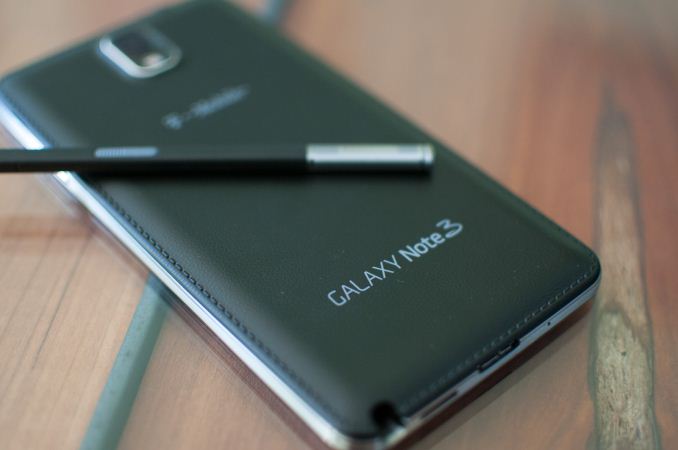

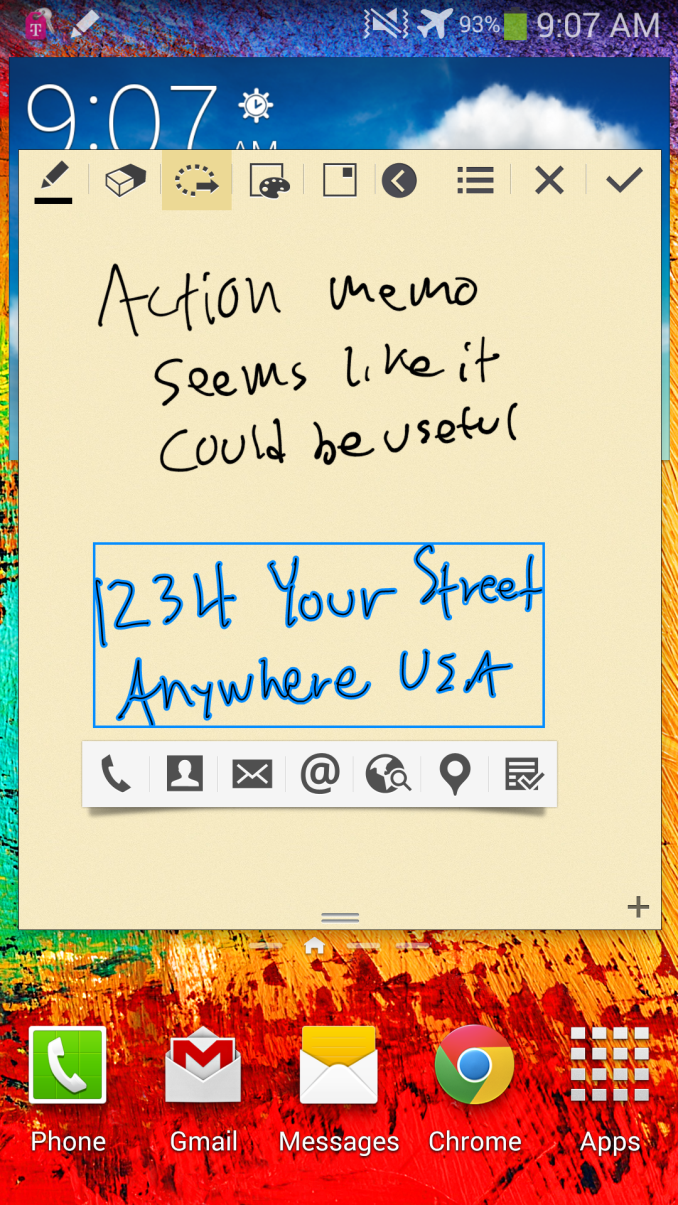

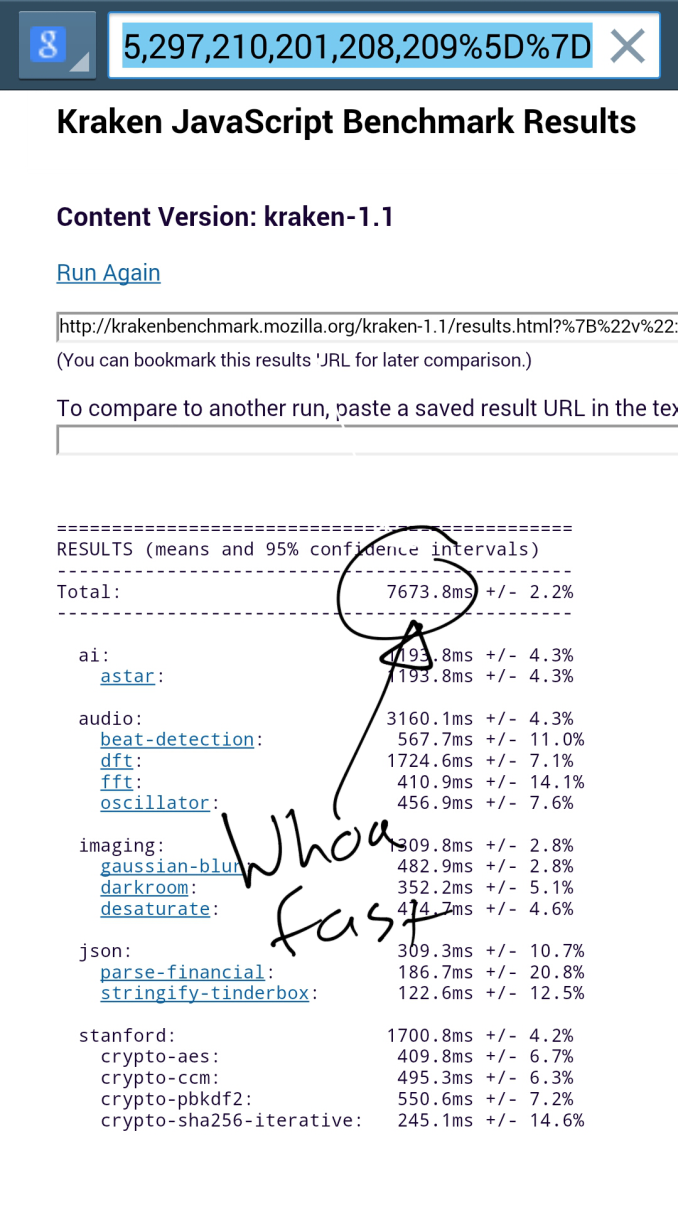
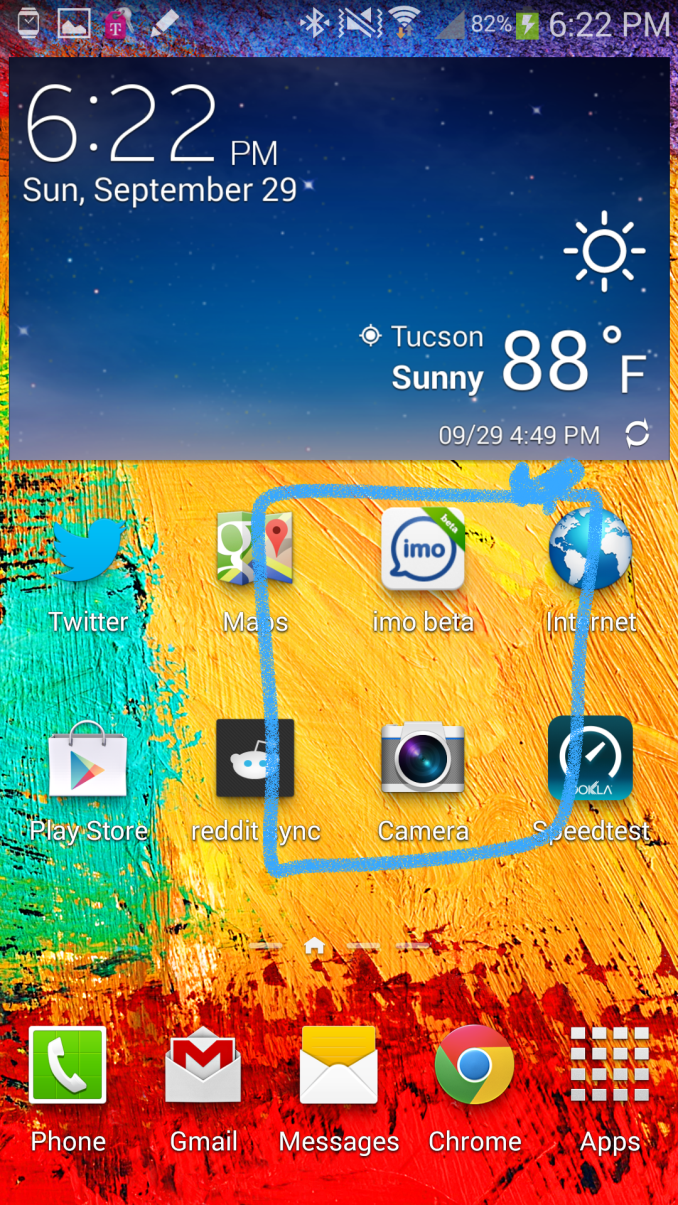
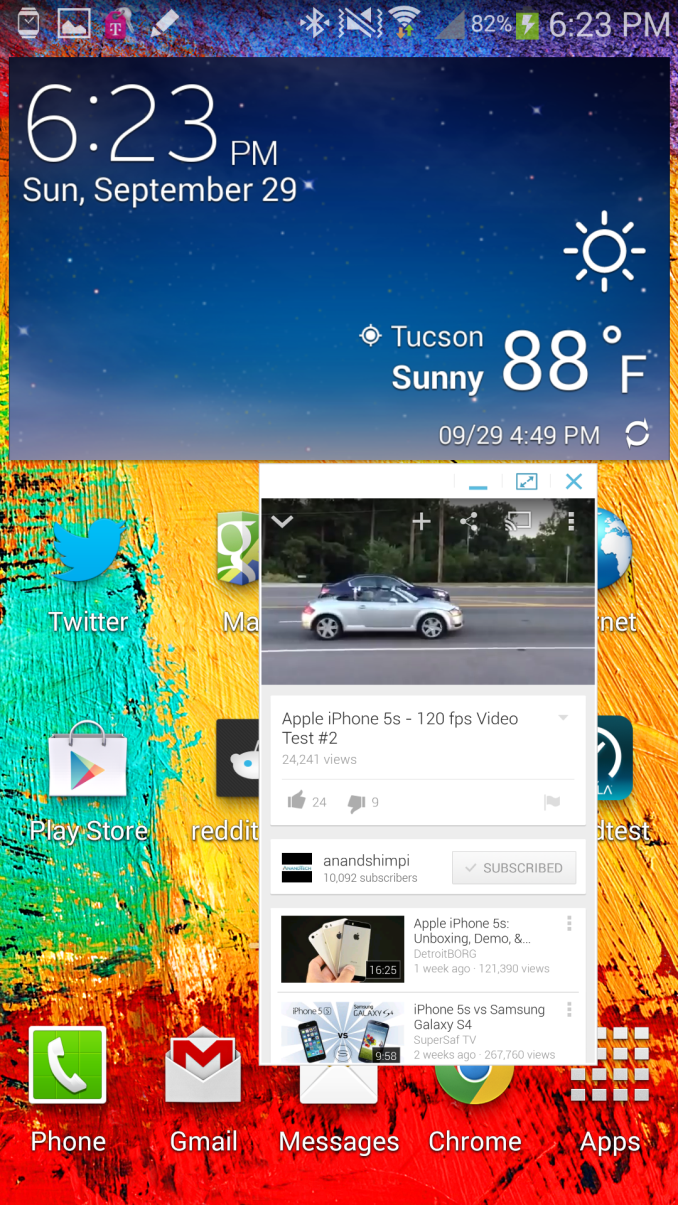
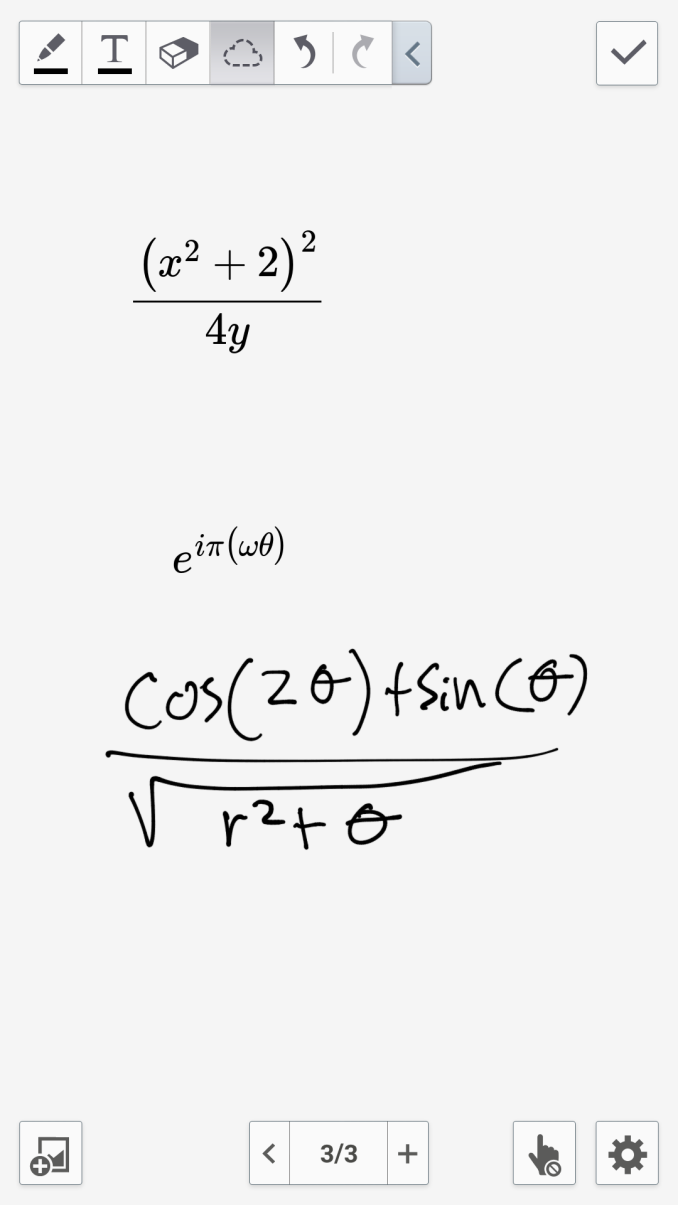
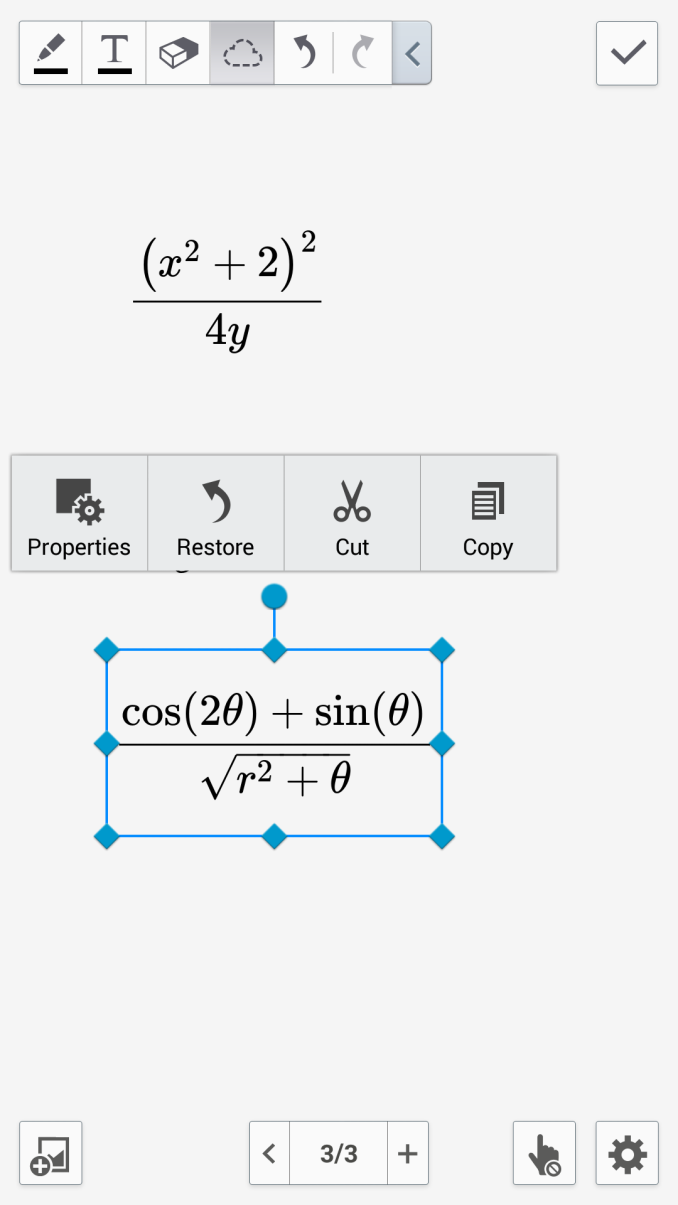








302 Comments
View All Comments
cdomigan - Tuesday, October 1, 2013 - link
Extremely disappointed in AnandTech for their passive stance on benchmark cheating. Please live up to the high expectations you have set for tech journalism and call this out for what it is!Wade_Jensen - Tuesday, October 1, 2013 - link
I would've liked a bit more depth on subjective UX in terms of responsiveness and lag/stuttering. I'm sorry, but I'm starting to think that Touchwiz is just so inefficient and poorly coded that galaxy devices lag no matter how much ram and compute you throw at them.After all S600 was seen as crazy fast at the start of this year but at the end of the day the GS4 still feels slow and heavy for basic operations compared to any other ROM (except motoblur haha).
tanyet - Tuesday, October 1, 2013 - link
I agree with this wholeheartedly. Touch responsiveness and a lag free experience is what I want most in mobile devices. I can say that I haven't noticed any lag or "micro stutters" with my Note 3 and I'm really obsessed with these things. It's still not as smooth as iOS but I feel that's more to do with Android than Samsung. It took me awhile to get used to not having the bounce back effect and it also took awhile to get used to the speed of scrolling (or the abruptness of the scroll stopping) I chalk this up to patent issues. Mine definitely doesn't display the choppiness I've seen with some friends S4's. Who know though. It's early days.I would really love the TouchMarks benchmark to be added to the list of reviewer tools because I feel that it is a much better gauge of user experience than some others.
Dentons - Tuesday, October 1, 2013 - link
Come on Brian. We know you don't care about two of Samsung phone's biggest selling points, user replaceable batteries and MicroSd expansion, but not giving those real, actual features any appreciation or credit at all? That's a bit much.Unlike Brian, some of us really, really, really care that Samsung allows us to carry extra batteries and store our ever growing media libraries on MIcroSD. We know you don't care. You dismiss those features in nearly every Anandtech Podcast, but should your personal use habits so prominently factor into a review this comprehensive?
Apple doesn't have these features.
Google Nexus doesn't have these features.
HTC don't have these features.
It's a major differentiator. For many of us, it's a big deal, perhaps one of the primary reasons many will buy this phone over its competitors.
ScorpionRaY - Tuesday, October 1, 2013 - link
Agree!nerd1 - Wednesday, October 2, 2013 - link
Totally agree. Nowadays micro SD memories are dirt cheap and apple is still charging $100 for extra 16GB...Davidjan - Thursday, October 3, 2013 - link
Agree with you. Meanwhile we can use this Meenova MicroSD reader to add storage: http://goo.gl/U6IyYSpunjji - Tuesday, October 8, 2013 - link
Entirely agreed. I'd have happily bought a Nexus 4 for a lot less money were it not utterly impossible to store my (modest!) media collection and photos downloaded from my camera on there.Similarly I refuse to pay Apple ~£160 extra just to get slightly less capacity with their flagship phone than I got for my Note 2 by paying £40 for a 64GB MicroSD card. Were it not for this option I would have to submit to the blatant scam that is NAND upgrade pricing.
tuxRoller - Tuesday, October 1, 2013 - link
Whoa, what's going on with the G2 in the 4G tests? It was far and away the best at 3G and I thought the current AT reasoning was that 4G only improved the browsing time over 3G by racing to idle? Is the Qualcomm 4G baseband that bad?ithinkux - Tuesday, October 1, 2013 - link
To me, the benchmarks presented above prove, beyond any doubt, that Apple did the right thing switching to 64-bit architecture.